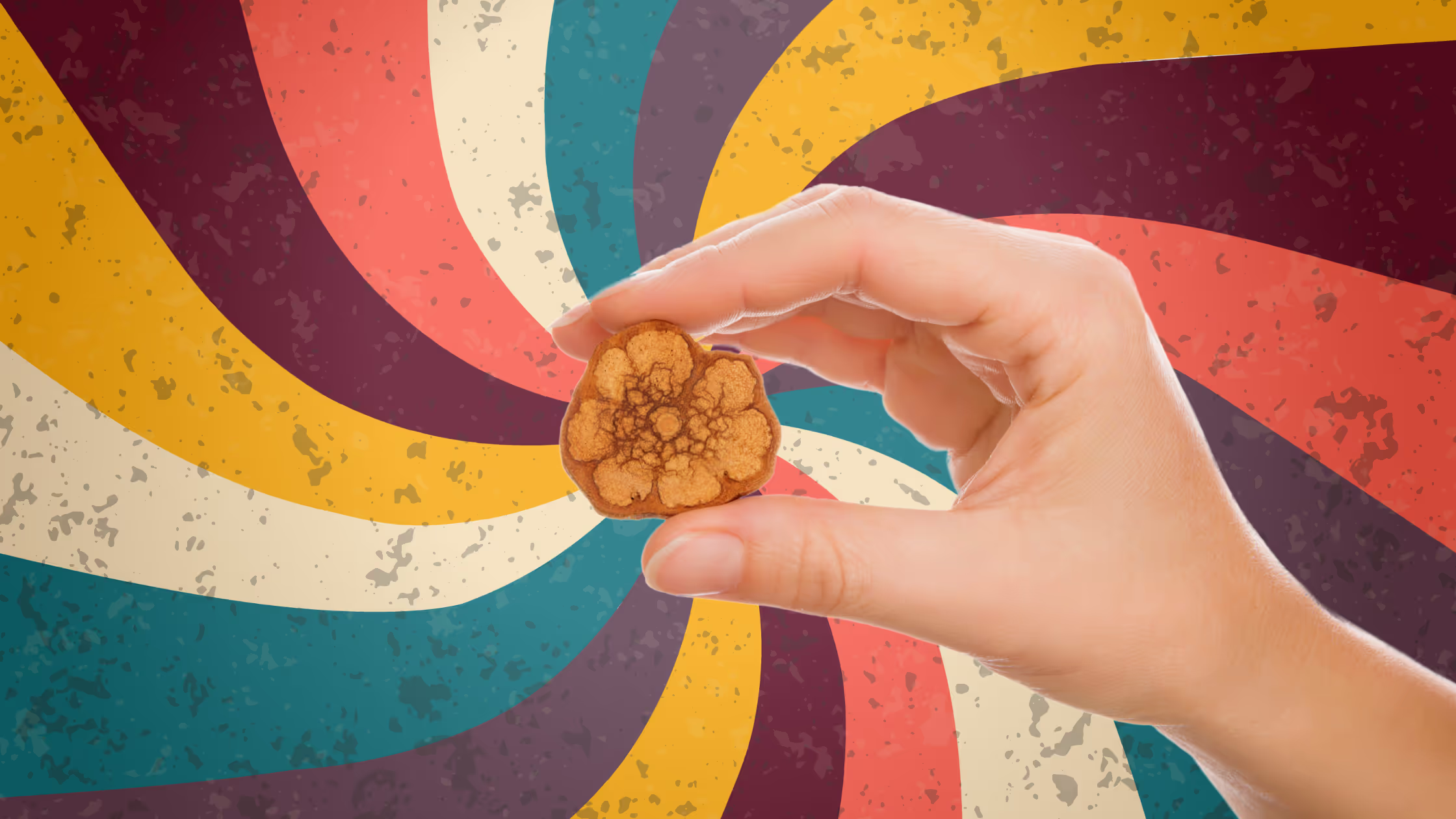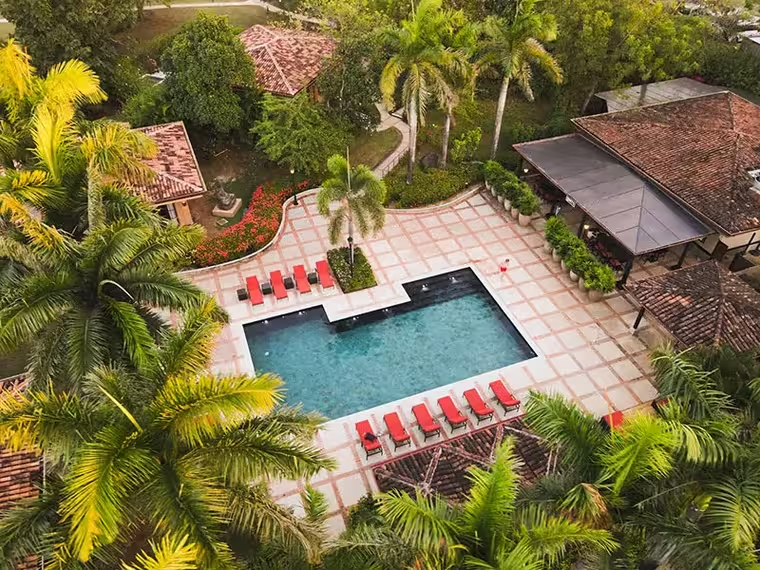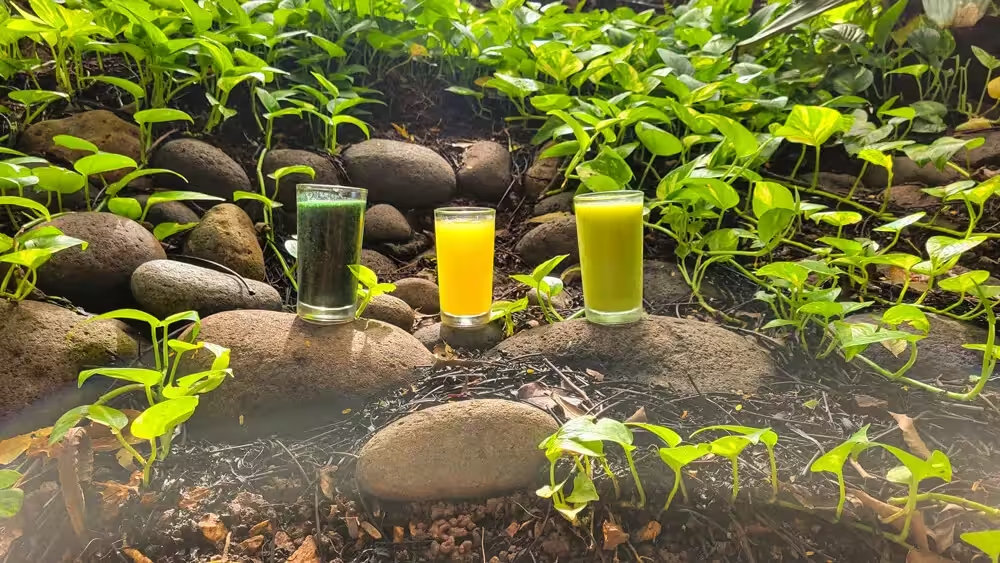Misrepresentations and Truths of Ayahuasca in Popular Culture


As interest in Ayahuasca grows, so does pop culture’s dialogue, reminding us there is always more to be discovered beneath the surface. Whether you watched an ayahuasca documentary, read about this powerful medicine in an article, or heard about it from a friend’s transformative ayahuasca experience, it is by no coincidence Ayahuasca is gaining traction worldwide. But how can we approach these nuanced perspectives in a way that doesn’t minimize Ayahuasca to a mere commodity or crazed wellness trend?
As more individuals awaken to societal conditioning, it is a true gift to receive Ayahuasca’s messages for healing today. More specifically, positive accounts of ceremony-goers shedding lifetimes of trauma stand as a testament to this medicine’s ability to usher healing. However, as interest in Ayahuasca has surged, the widespread attention has often led to misrepresentations that distort her true potency, purpose, and significance in shaping a new reality.
In this light, to continue stewarding one another to wholeness and liberation, we must protect the spirit of Ayahuasca. She has been here for thousands of years and will continue to thrive, with or without us. With the rise in misrepresentations and truths about Ayahuasca in popular culture, it is in humanity's best interest to grow acquainted with some of the top myths in circulation. Doing so can help shift our relationship to nature, one another, and ourselves as students and caretakers of the Earth.
5 Common Misconceptions About Ayahuasca in the Mainstream
Before we discuss popular misconceptions about Ayahuasca, let’s remember that it isn’t uncommon for depth to become diluted the more a formula spreads. Perhaps, in some ways, the misconceptions safeguard the sacredness of those willing to traverse beyond shallow waters. In the information age, it is easy to take in multiple stories; however, it is both an art and a science to practice discernment.
In certain tribes, only the shaman consumed ayahuasca, according to Dr. Simon G. D. Ruffel’s explorations on the brews historical and therapeutic aspects.1 Today, this medicine has become more accessible in Western culture. It has been thought to have first come to mainstream attention in the global north when William Burroughs published The Yage Letters, describing his experiences with ayahuasca. Since then, ayahuasca has been referenced in the news, appeared in documentaries, films, and reality television shows, and has been referenced in travel guides, where individuals can rate their ayahuasca experience.
Shedding light on false Ayahuasca conceptions is non-negotiable to protect individuals, indigenous tribes, nature, and the spirit of the medicine herself. The portrayal of plant medicines like Ayahuasca as a recreational drug or a quick fix for enlightenment, for example, can be detrimental to those who have devoted their lives to paving paths toward healing.2 It severely threatens the inner and outer evolution of our shared experience as humanity.
We’ll examine how these depictions often strip Ayahuasca of its cultural roots, reducing it to a mere commodity. We can take steps toward a more refined perspective by contrasting these popular portrayals with the realities of traditional use and scientific research.
Myth 1: Ayahuasca is a recreational drug
Ayahuasca is sometimes compared to recreational drugs like LSD or magic mushrooms, used primarily for ‘journeying,’ but this couldn’t be further from the truth. While hallucinogens like LSD and psilocybin can be incredibly medicinal in their own right, they are incomparable to Ayahuasca. Additionally, Ayahuasca has a low addiction potential, unlike recreational drugs that are used in the mainstream.
For example, an individual could simply dose LSD or mushrooms at a festival, in nature, or on a casual afternoon with friends. These types of psychedelics have roots of their own, yet they are flexible in the sense that they can be taken in various settings. This is not the case with Ayahuasca, as it cannot be taken recreationally or casually.
The reality is Ayahuasca is specifically administered in ceremonial settings for deep healing, connection, and spiritual cleansing. In any given ceremony, a dedicated shaman or medicine practitioner serves the brew and guides the circle through prayer, songs (ikaros), purging, and purification. This is not the same as embarking on a recreational journey and having a ‘trip sitter.’
Because of Ayahuasca’s physical and energetic effects, it is critical to partake in ceremonies with the community and the presence of a highly trained, skilled, and dedicated practitioner. According to Ruffel, the reality is that the experience is often intense and deeply personal and can involve confronting difficult emotions or memories. It is an opportunity to do deep inner work that has the potential to heal addictions, cure cancers, lift depression, and so much more. This level of spiritual work cannot be done casually or recreationally.
Myth 2: Ayahuasca leads to instant enlightenment
Some misconceptions suggest just one ceremony can lead to instant spiritual enlightenment or serve as a quick fix for psychological issues. However, while profound and deep healing does occur, instant enlightenment is not to be expected, and this should not be the goal.
The fact is an Ayahuasca ceremony can bring up a lot of repressed memories, subconscious patterns, and ancestral trauma. An individual may experience love, acceptance, and forgiveness throughout ceremony. However, reaching levels of enlightenment and inner liberation come as a result of proper integration and enhanced mindfulness.
By holding this approach toward the medicine and integration modalities, individuals can play a part in their transformation and take responsibility for their evolution. The role of this plant medicine isn’t to lead us to instant gratification but rather to probe us into deeper levels of self-actualization and responsibility. Essentially, it invites us to do the work we came here to do. Just like life, the experience can be challenging. However, it is always worth it. Many individuals participate in multiple ceremonies while continuing personal work long after their time with Ayahuasca.
Myth 3: Ayahuasca is not safe
Ayahuasca is often touted as dangerous or not safe because of federal regulations making the medicine illegal in certain countries like the United States of America. At the same time, there are various groups that conduct ceremonies without proper initiation or medically trained staff, which creates an onslaught of potential dangers.
The truth is Ayahuasca is neither safe nor dangerous. Ayahuasca as a brew is neutral, made of the Banisteriopsis caapi (the Ayahuasca vine) and Psychotria viridis (Chacruna), activated upon ingestion. The physical and energetic effects are known to help certain psychological issues, and while it is not a ‘one pill wonder,’ it most definitely is not a dangerous substance.
The room for danger specifically arises when ceremonies are not held properly or administered to patients on medications. This is where facilitation becomes just as important as the ceremony itself in vetting individuals before allowing them to sit. With a properly initiated shaman or medicine practitioner, the container is set, and individuals are safe to surrender, heal, and move through ceremony.
Myth 4: Ayahuasca is endangered and on the brink of extinction
The myth that Ayahuasca is endangered often circulates in popular culture with an undertone of fear. This dialogue suggests that the brew and its traditional practices are on the brink of extinction due to high demand and low supply.
However, this misconception can be traced to the broader concern for the preservation of natural resources, which face pressure from environmental degradation and deforestation. While it’s true that the ecosystems where Ayahuasca plants are harvested face significant challenges, labeling Ayahuasca itself as endangered oversimplifies the issue. Not to mention, it severely overlooks the resilience of the indigenous communities that use and protect it.
Both indigenous and non-indigenous groups are actively engaged in efforts to preserve cultural heritage, including spiritual practices and the knowledge surrounding Ayahuasca. Conservation efforts and cultural revitalization initiatives are ongoing, aiming to safeguard both the environment and the traditional uses of Ayahuasca.
Myth 5: Ayahuasca tourism is disrespectful to indigenous cultures
The idea that Ayahuasca tourism is inherently disrespectful to indigenous cultures is a common concern, but the reality is more nuanced. While it’s true that tourism, in general, can be exploitative or culturally insensitive, not all tourism practices are detrimental.
When conducted respectfully, Ayahuasca tourism can provide important cultural exchange and support local economies. Properly run Ayahuasca retreats often include educational components that emphasize the cultural significance of Ayahuasca and ensure ceremonies are conducted with integrity.
Indeed, Amazons in different countries are willing participants in the “ayahuasca industry” and welcome the intentional expansion to help others in healing and cultural and financial reciprocity.3
The key is to support and seek organizations that uphold traditional and indigenous values. Not only does this help preserve sacred practices rather than exploit them, but it also creates more respectful and meaningful interactions that extend traditional teachings to others.
Embracing Authentic Ayahuasca Experiences at Rythmia
As Ayahuasca continues to tap into the hearts of those seeking to heal and grow, it is important to keep these truths at the forefront of the conversation. Remember, Ayahuasca has a spirit, as mentioned in the popular ayahuasca documentary, The Reality of Truth, and she is opening herself up to the collective because the evolution in healing has come.
By marrying traditional knowledge with modern solutions, Rythmia stands out as your haven for radical transformation and healing. This is how we ensure transformative experiences align with the deeply spiritual and cultural significance of the brew. If you’re considering taking the next step in your healing with Ayahuasca, Rythmia is your selection where the sacred tradition meets a nurturing and authentic approach.
Works Cited:
1. Ruffell, S. G. D., Crosland-Wood, M., Palmer, R., Netzband, N., Tsang, W., Weiss, B., Gandy, S., Cowley-Court, T., Halman, A., McHerron, D., Jong, A., Kennedy, T., White, E., Perkins, D., Terhune, D. B., & Sarris, J. (2023a, October 2). Ayahuasca: A review of historical, pharmacological, and therapeutic aspects. PCN reports : psychiatry and clinical neurosciences. https://www.ncbi.nlm.nih.gov/pmc/articles/PMC11114307/
2. Brabec de Mori, B. (2021, October 28). The power of social attribution: Perspectives on the healing efficacy of ayahuasca. Frontiers in psychology. https://www.ncbi.nlm.nih.gov/pmc/articles/PMC8581211/
3. Institute, C. (2022, March 28). The commodification of ayahuasca: How can we do better? https://chacruna.net/the-commodification-of-ayahuasca-how-can-we-do-better/
Take the next step
Ready for your life-changing journey?

Transform Depression with Ayahuasca
Watch this educational webinar to explore the therapeutic potential of Ayahuasca in treating depression with Dr. Jeff McNairy and Dr. Mariana Rojas.
Here's what you'll learn in this discussion:
- How people and their brains get stuck in depression
- How Ayahuasca resets the brain of people dealing with depression
- How the Rythmia Way Program helps people reset their lives


.avif)

.avif)
